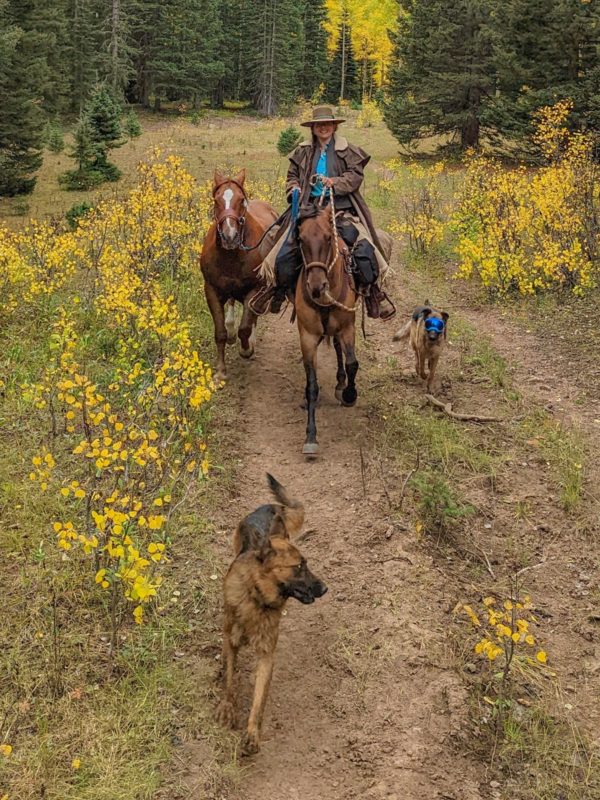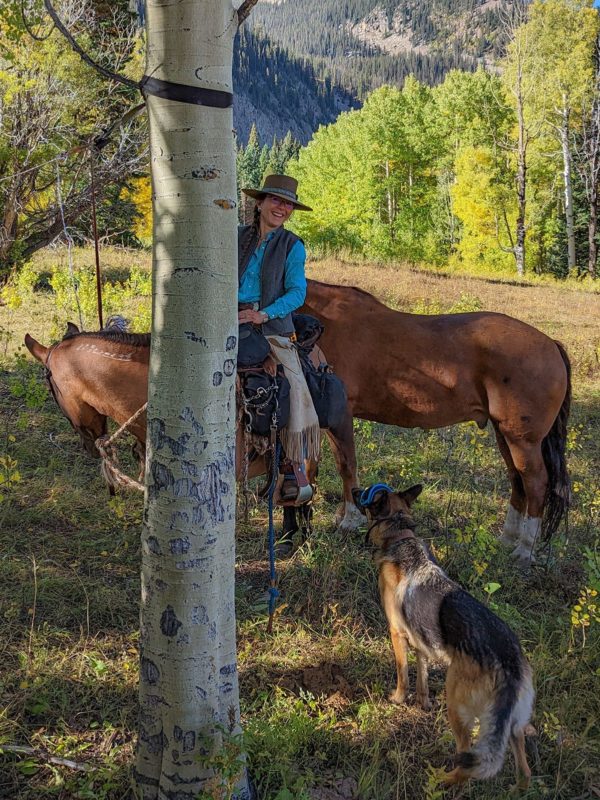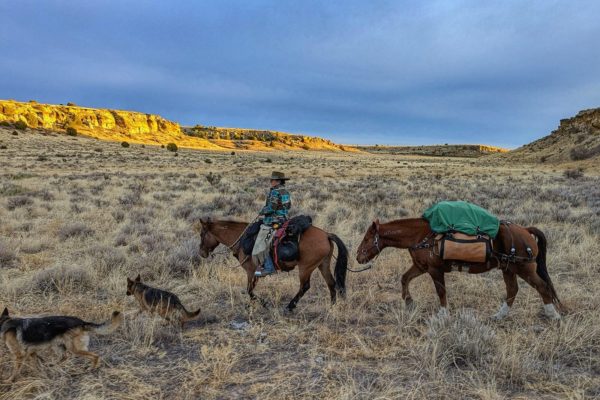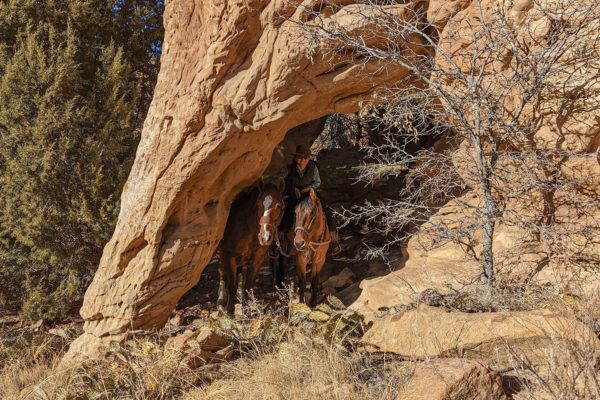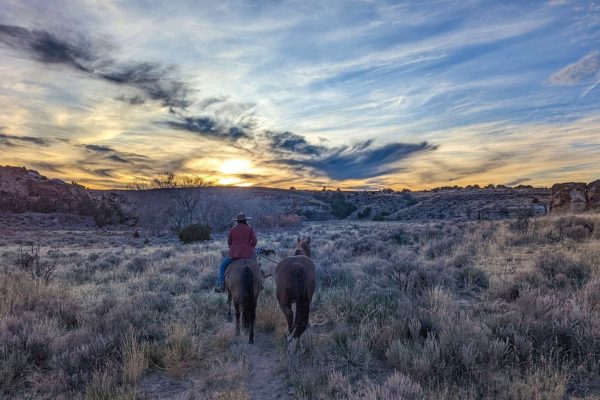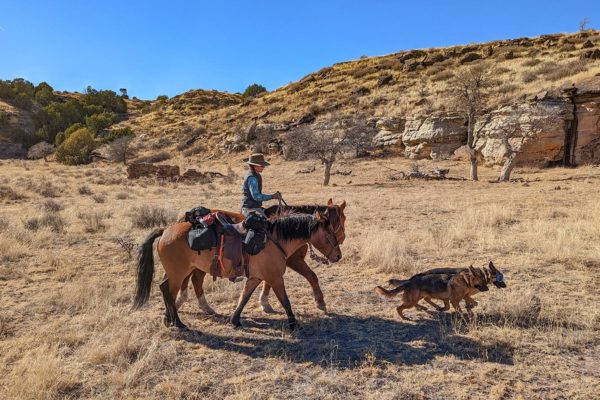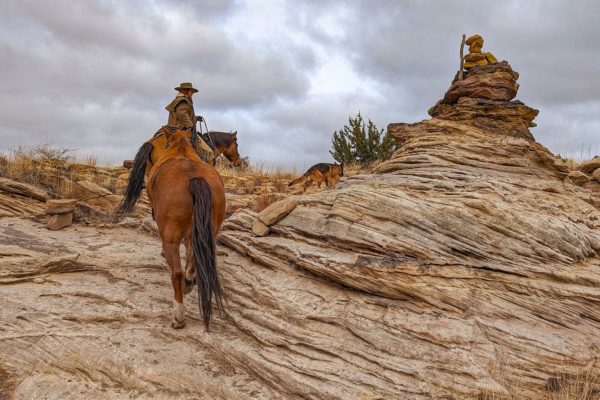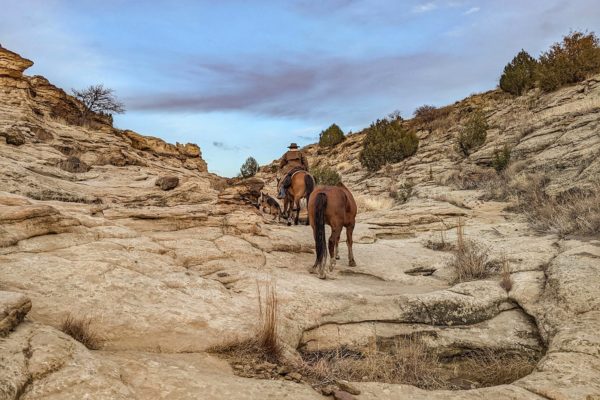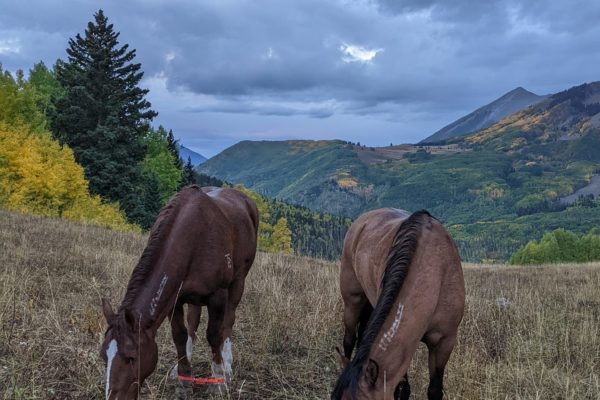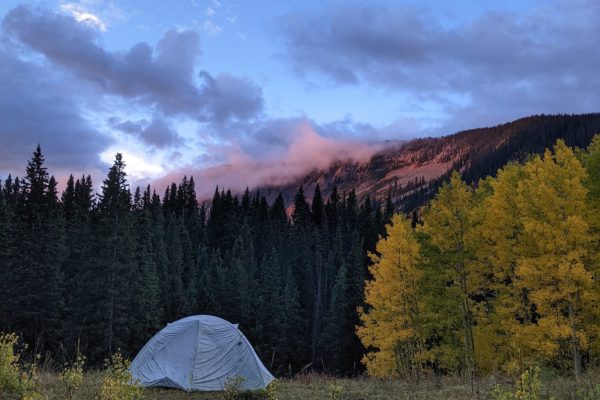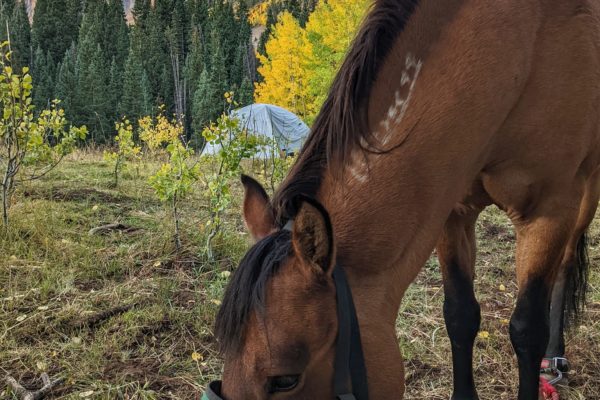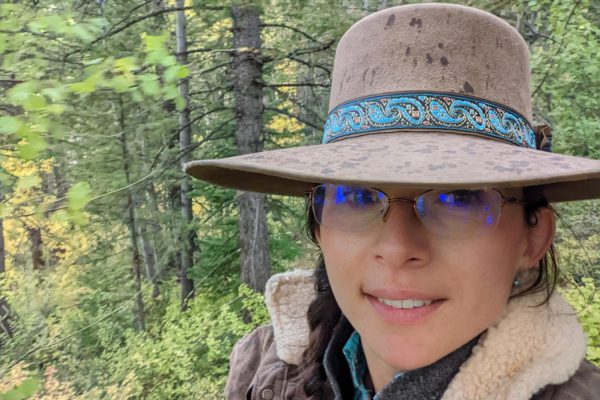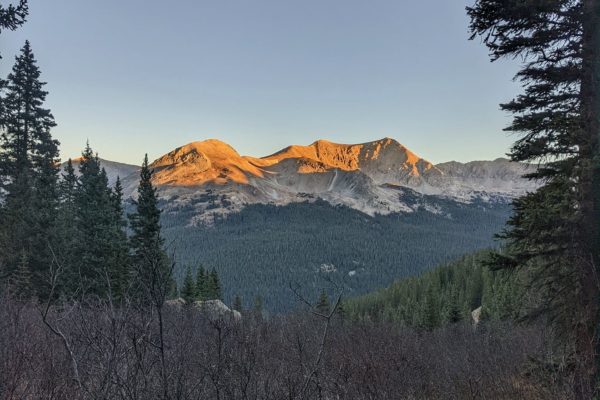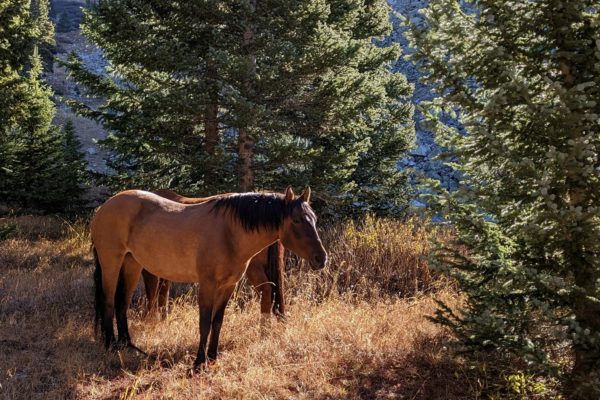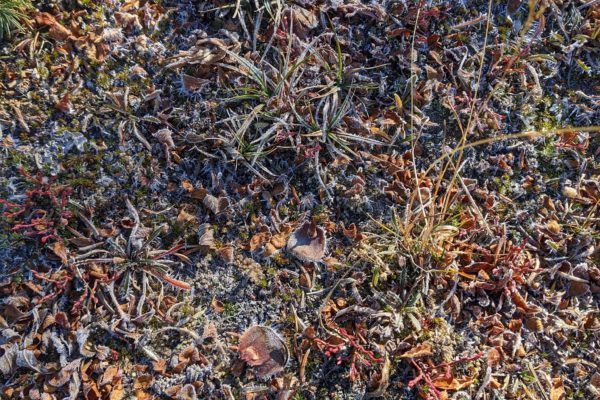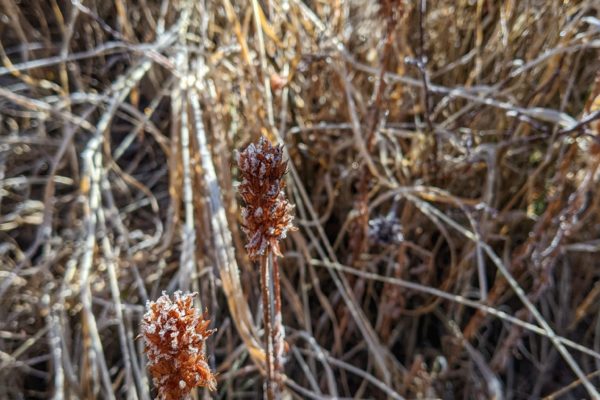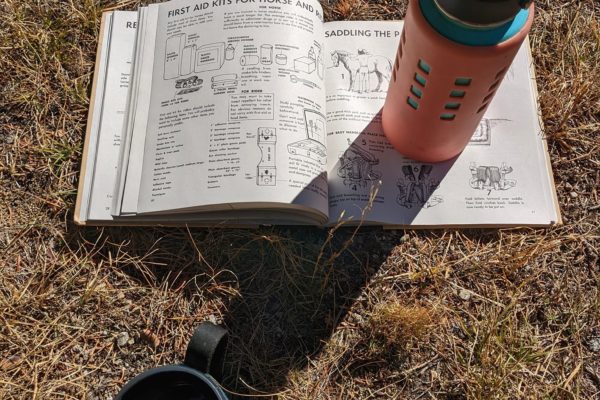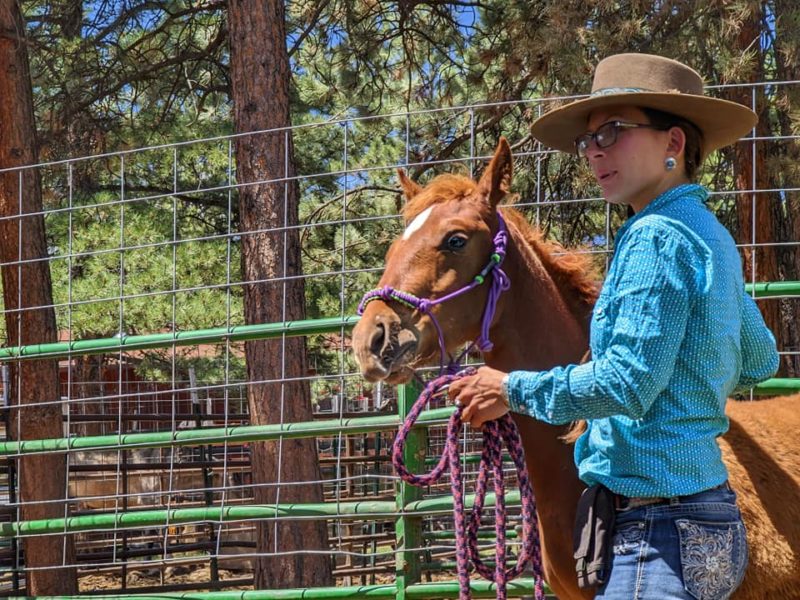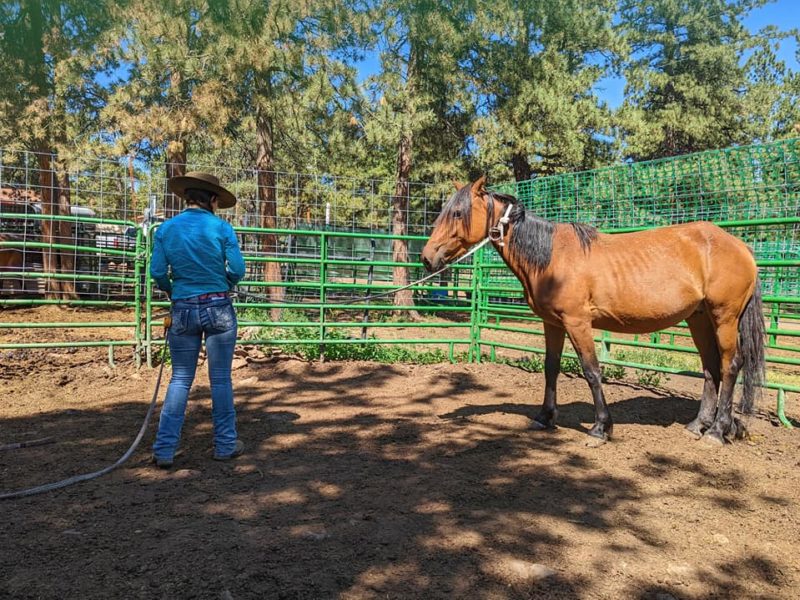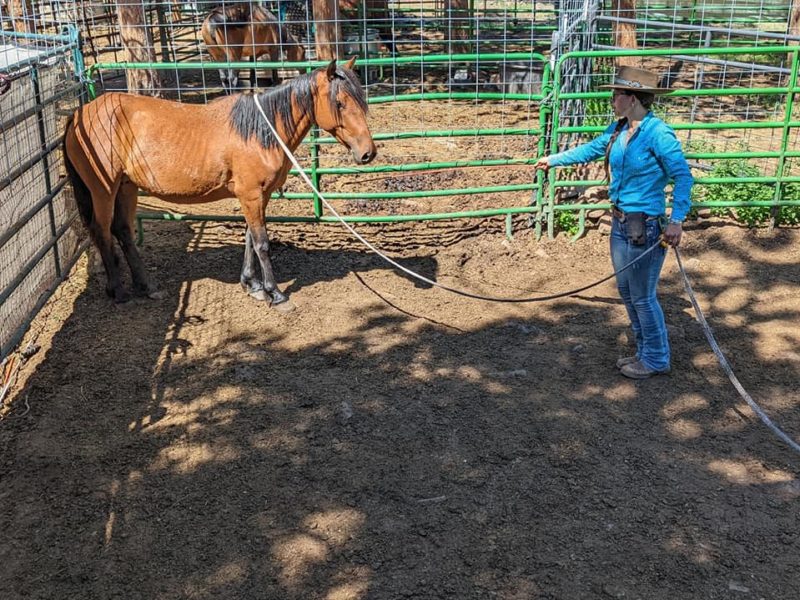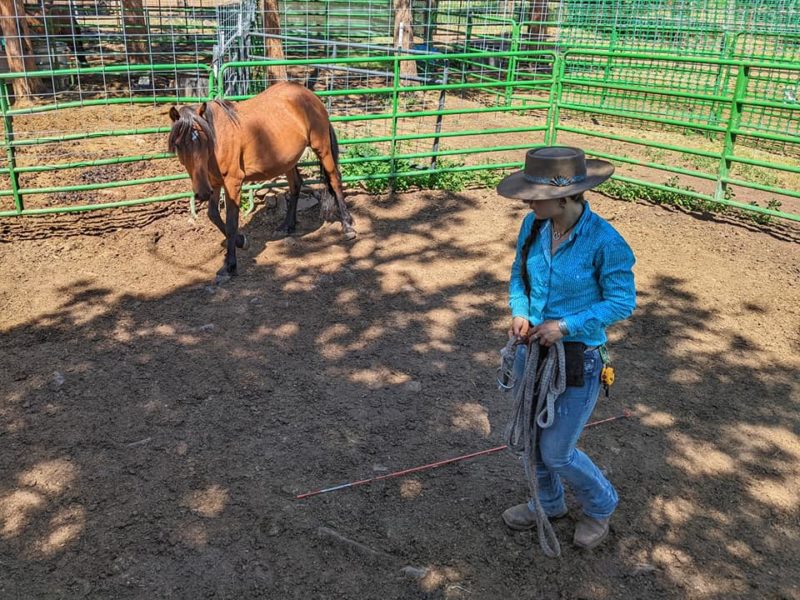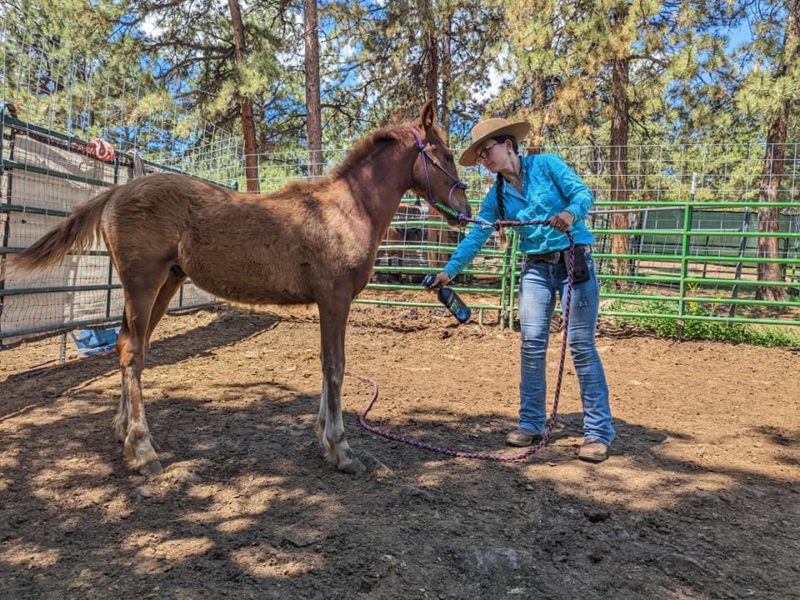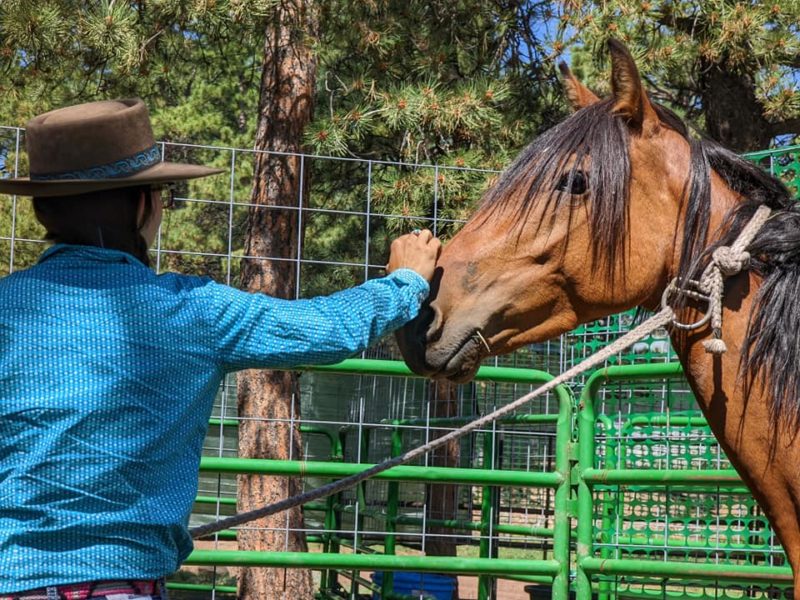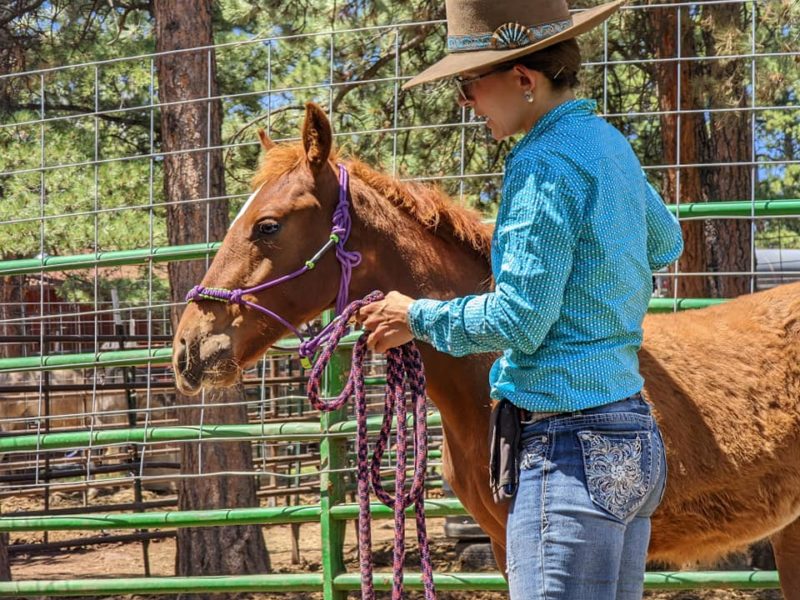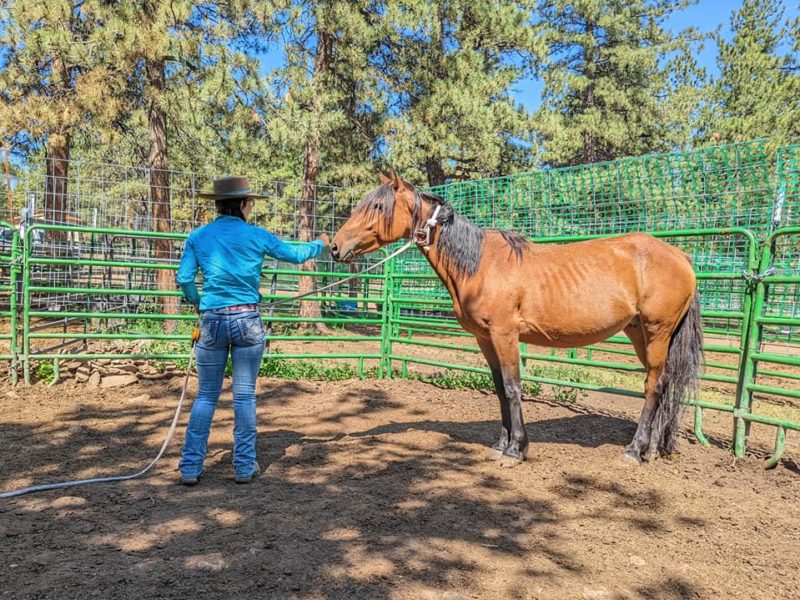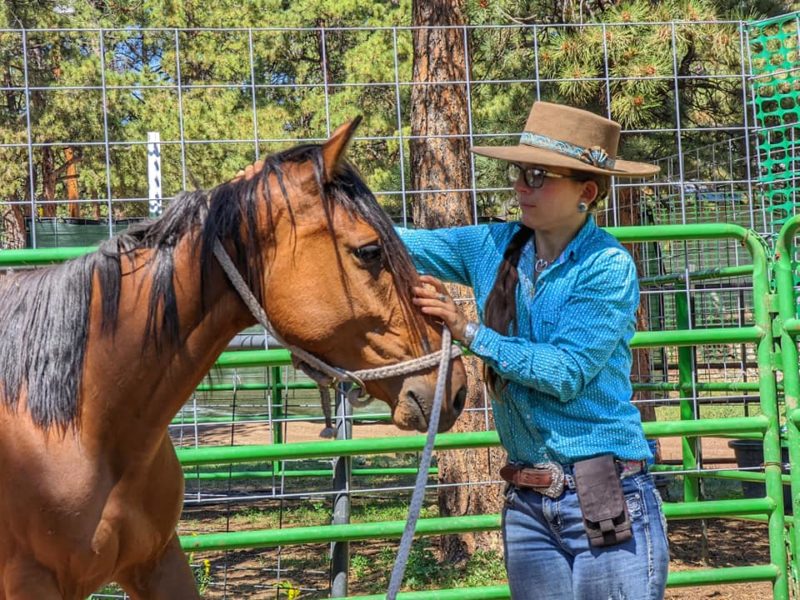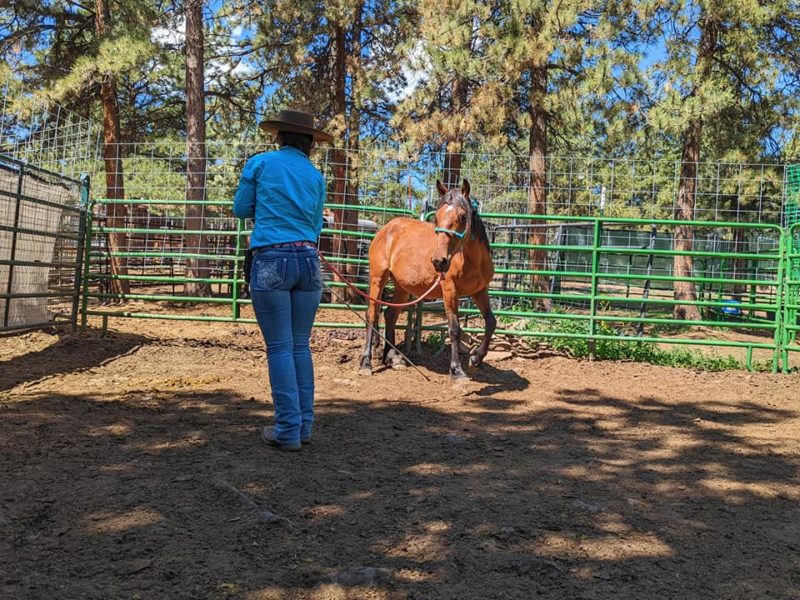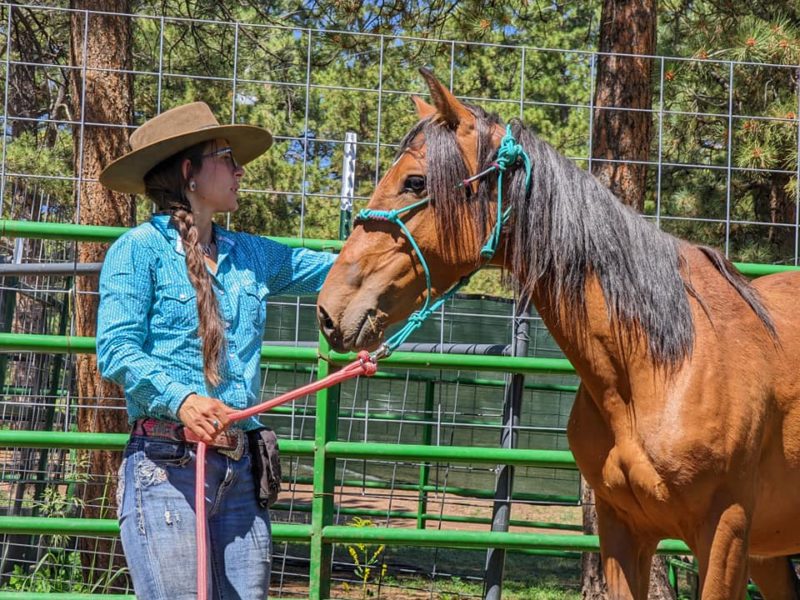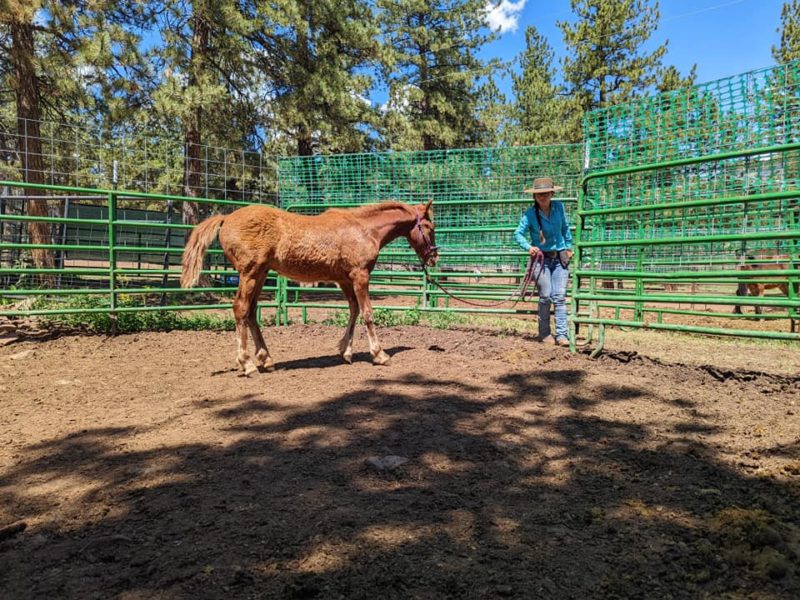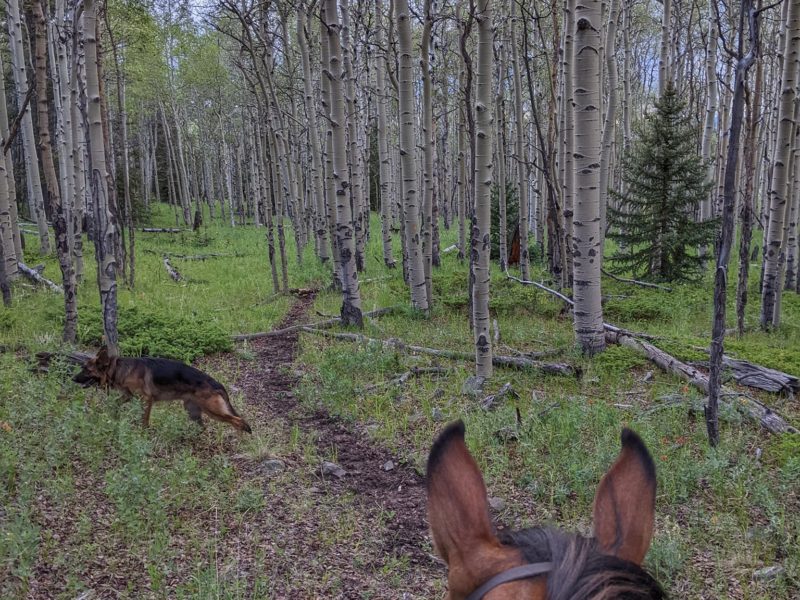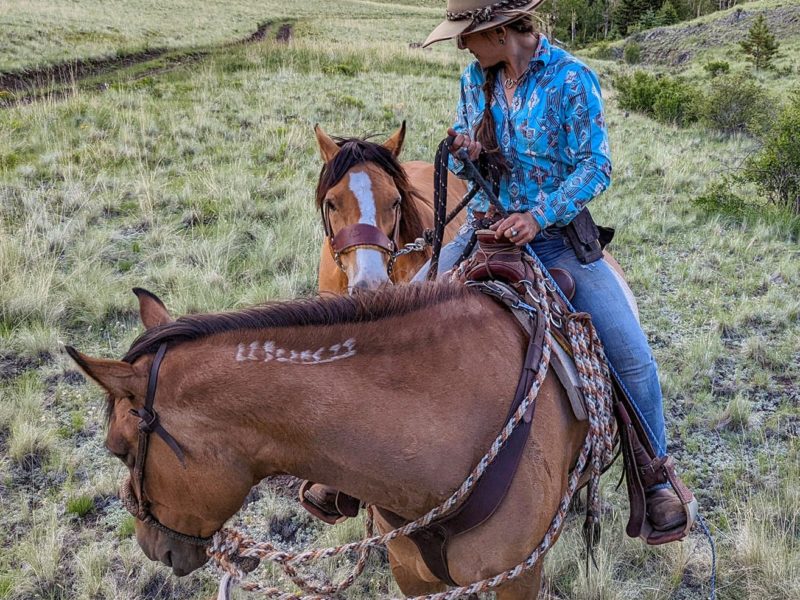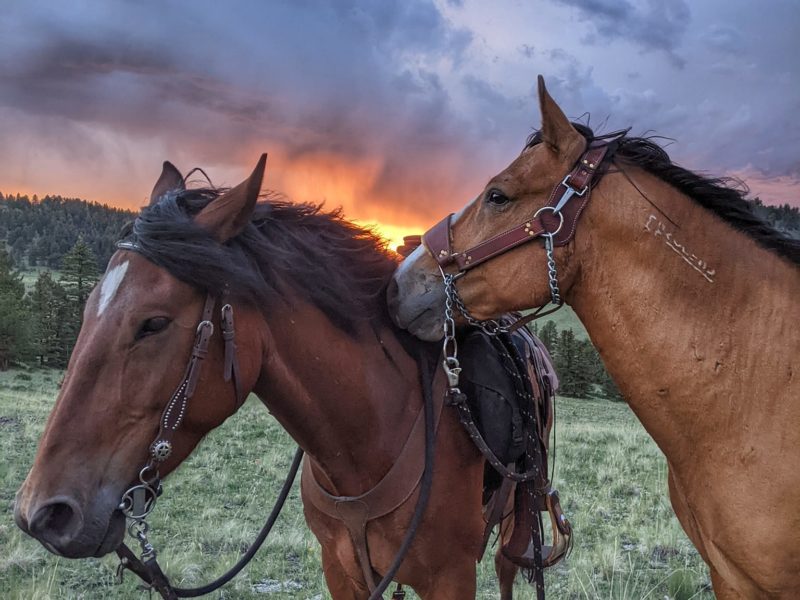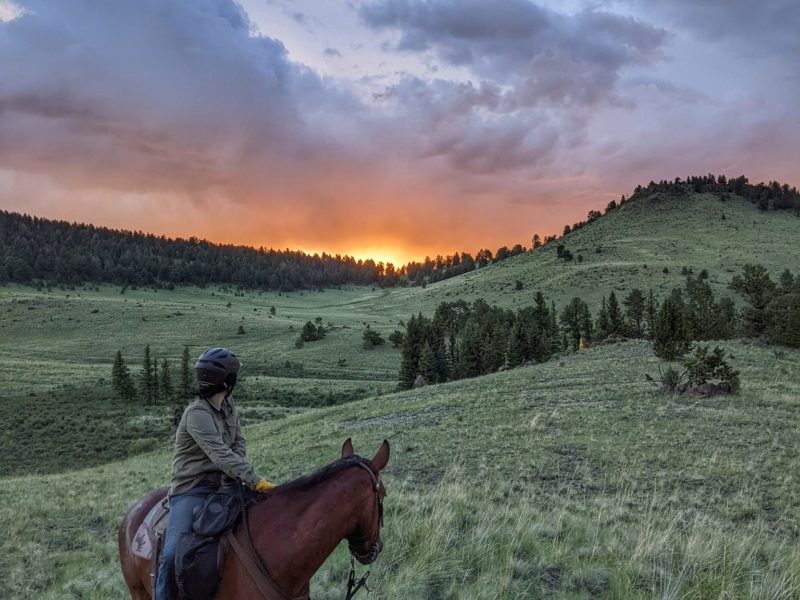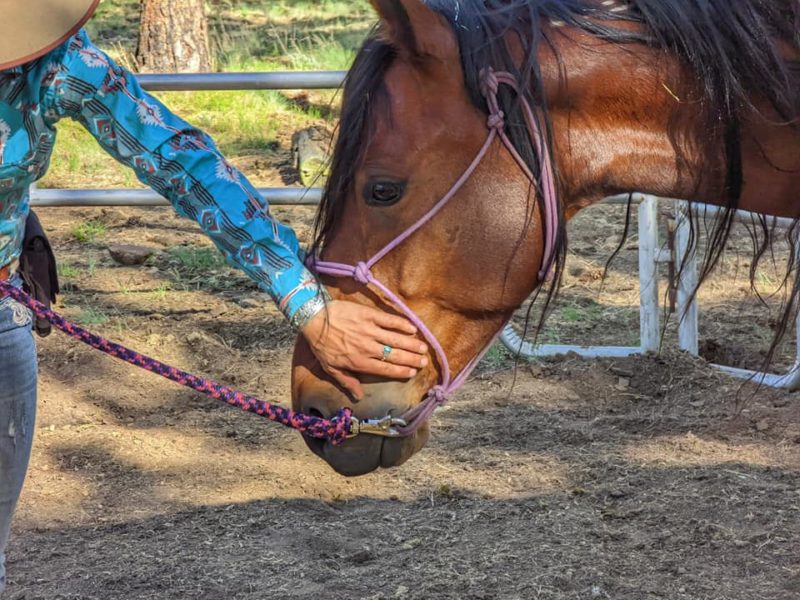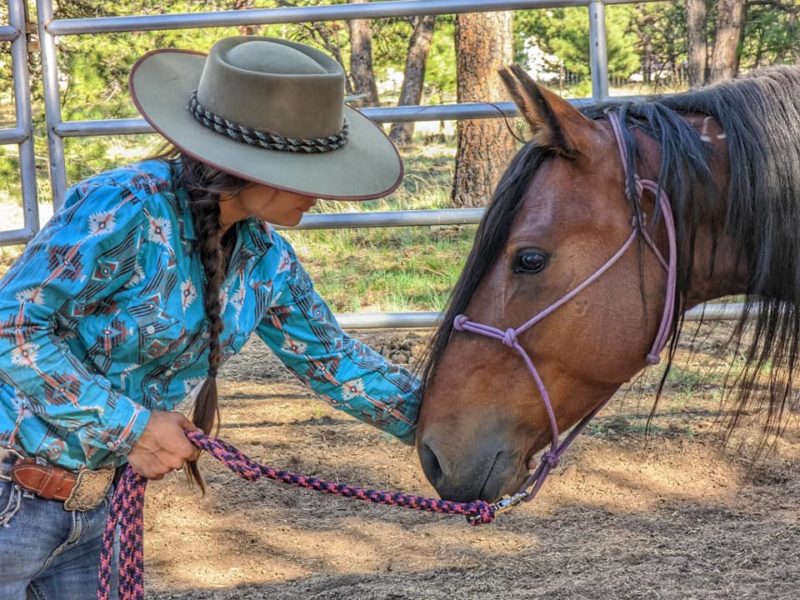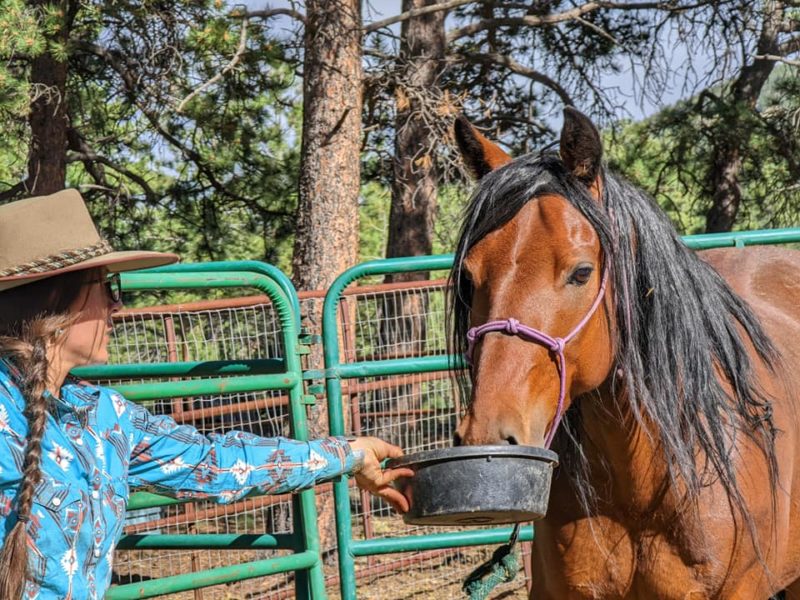Here’s a post I’ve been dreading writing. A post about the word that starts with ‘ew’. Ew for vulnerability.
6 years ago gentling Mustangs started as a wild experiment (pun intended) after over 2 decades of working with domestics of all sizes, on 2 continents, with horses that had varying amounts of human-induced baggage.
As what is now Wild Horse Outreach & Advocacy (WHOA) morphed into a nonprofit organization, began to gain traction and literally develop a life and dynamic of its own, I pulled back and made our online presence less about me and more about our horses, our mission, about trying to help and inspire others.
That felt right at the time and for years after, until it didn’t. We’ve reached a point now where I go to an adoption event and complete strangers walk up to me and tell me that they’ve been following me on social media for however long and are so happy to meet me.
That feels humbling, flattering, terrifying and so, so strange. Because these people don’t know me. They don’t know the first thing about me, and I’ve made sure of that with every post and every word within each post being carefully calculated. Honest, yes, but meant to reveal only so much about who ‘I’ actually am.
There are multiple reasons for that:
For one, I didn’t think it mattered because I don’t consider this wild ride that is working with Mustangs, being part of the Mustang community and being the director of WHOA to be about me. It’s about learning, about showing up for the horses, about adopters and owners needing help, and about finding workable solutions in difficult, sometimes downright messy and dangerous territory.
Two, I’m German (yes, like actually from Germany) and we’re conditioned to hold our cards close, not to show emotions or talk about them in public. Preferably we don’t have them in the first place.
Finally, I have a parallel existence as a mental health counselor (yep, a shrink. I don’t actually say “How does that make you feel?” to anyone, ever. There’s also no red couch), and that’s where it gets especially exciting because you never know when you’ll have that one client that’ll stalk you, or be sitting in your house one night when you get home and turn the lights on. Being very careful with what you tell others about you is critical, and drilled into you from the minute you start seeing clients.
I believe that life is seasonal. That what holds true and works for us in one chapter of our lives may no longer do so in the next. We learn, we grow (hopefully), we change, people come and go, whether we like it or not. When something no longer works, it’s our right, and our obligation in a way to either change what we do or let it go, and find something, someone or a way of thinking and showing up in the world that’s different than before.
With that said, it feels right now to be a bit more transparent going forward, to let you all in a little closer so that at least you know who you are following, supporting or hating on, and to give you the information to either run away screaming or come along for the ride.
Just so you know, this is scary stuff for me. Circling back to the title of this post, that’s been my life motto for well over a decade now, at least since I decided to finally start living my own life, not someone else’s dream. All while dealing with the messiness of life that for me means autistic traits, anxiety, generational trauma, marriage and divorce, and having to reinvent myself, by myself, in a country I’m not even a citizen of yet.
I’m terrified of something, often lots of things, every day, and I’ve come to accept that if I want to get anywhere, do anything, experience joy and make any sort of progress, I have to experience the fear and do the thing regardless.
To hold myself accountable, here are some pictures where you can actually see my face. Yep, that scares me too. Not having a face, but showing it


